Retro Replay Review
Gameplay
Bushido Blade throws out the usual fighting‐game conventions and delivers a brutally realistic sword–fighting experience. There are no health bars, special meters, or comeback mechanics—each match can be won with a single, perfectly placed strike. Combatants must rely on timing, positioning, and mastery of stances to outwit their opponent. You choose one of six ninja warriors, each with distinct strengths and preferred weapon styles, and then pick from eight melee arms, ranging from katanas to a hefty sledgehammer. Every weapon handles differently, and learning the reach, speed, and trauma potential of each blade is crucial to survival.
(HEY YOU!! We hope you enjoy! We try not to run ads. So basically, this is a very expensive hobby running this site. Please consider joining us for updates, forums, and more. Network w/ us to make some cash or friends while retro gaming, and you can win some free retro games for posting. Okay, carry on 👍)
Combat revolves around three stances (high, middle, low), and each stance unlocks a unique repertoire of attacks. By combining stance shifts with directional inputs, you can execute quick jabs, wide swings, or thrusts aimed at disabling limbs. The depth of the system is evident when you realize that crippling an opponent’s leg slows their movement or severing an arm prevents them from guarding. Matches become tense duels of wits and reflexes, as one mistake can be fatal.
Variety comes from the game’s multiple modes. The single-player “Story” mode lets you roam the entire castle grounds, choosing ambush points and environmental hazards to your advantage. In “Versus” you can link two PlayStations for head‐to‐head duels. The “Slash” mode pits you against 100 nameless ninja in a gauntlet corridor, while “POV” swaps to a first-person perspective, amplifying the immersion—and the terror—of coming face-to-face with a deadly blade. A dedicated training mode lets beginners practice combos and learn to read their foes.
Graphics
On the original hardware, Bushido Blade’s visuals stood out for their bold character models and sprawling arenas. The polygon counts may feel modest by today’s standards, but the clean lines and sharp silhouettes serve the gameplay perfectly. Each ninja’s armor and cloak flow convincingly during movement, and blade–clash sparks light up the edges of your screen. The game’s open‐air stages—courtyards, bamboo forests, castle parapets—are rendered with atmospheric fog and dynamic lighting that heightens the sense of isolation in a life‐or‐death duel.
Destructible elements such as bamboo stalks add strategic depth and visual flair. Slice through a grove to open a path or fell a tree to block an opponent’s advance. These environmental interactions aren’t just eye candy; they shape the battle. The countryside backdrop, distant mountains, and fluttering banners create a cinematic tableau that complements the visceral combat.
Textures remain simple but effective: stone walls show moss and wear, wooden floors creak underfoot, and weathered coats of arms hint at a storied past. Blood and wounds are depicted with sudden flashes of red and abrupt body animations, ensuring every strike feels consequential. Though you won’t find ultra-realistic gore or motion‐capture flourishes, the stylistic choices support the game’s emphasis on precision and tension.
Story
Rooted in the ancient Bushido code of honor, the narrative backdrop of Bushido Blade is elegantly minimalistic. You learn that a clan of Narukagami ninja has fallen from grace, and each warrior must fight to reclaim personal honor. While there’s no lengthy cutscene drama, each character’s bio reveals personal motivations and preferred weaponry—whether it’s the stealthy kunoichi with a naginata or the hulking brawler swinging a European blade.
The game’s single-player mode unfolds like a training ground and a proving arena rolled into one. You roam through castle courtyards, bamboo alcoves, and ramparts, choosing where to take a stand. This freedom to pick your battleground injects a sense of agency that few fighting games offer. Every duel feels like part of your personal quest for redemption, grounded in the samurai ethos of courage and restraint.
Minimalist storytelling lets you fill in the gaps, creating your own narrative of betrayal, rivalry, or redemption. The occasional NPC encounters and the architecture of the stages serve as silent witnesses to your quest for glory. While purists may yearn for a deeper plot, the game’s bare‐bones tale actually preserves focus on the central combat loop.
Overall Experience
For players seeking a sword‐fighting sim that rewards precision and punishes overconfidence, Bushido Blade remains unmatched. Its one‐hit‐kill mechanic creates edge-of-your-seat matches where the slightest misstep can swing the duel in an instant. Learning to read stances, control spacing, and exploit environmental features leads to a rich, deeply rewarding mastery curve.
The multiple modes—story, versus, slash, POV, training—ensure high replay value. Casual fans can enjoy quick duels in Versus mode, while hardcore players will find endless challenge in the gauntlet-like Slash mode or linked‐console showdowns. The first-person option, though less common in fighting games, offers an immersive perspective that amplifies the thrill of each close-quarters exchange.
While its graphics and narrative depth reflect the limitations of its era, the core gameplay philosophy—rooted in realism and honorable combat—shines through. Bushido Blade is not for button‐masher fans or players seeking flashy combos and supermoves. It’s for those who respect the art of the blade and crave a fighting game that feels truly lethal. If that sounds like your ideal challenge, this classic samurai showdown is still worth your time.
 Retro Replay Retro Replay gaming reviews, news, emulation, geek stuff and more!
Retro Replay Retro Replay gaming reviews, news, emulation, geek stuff and more!
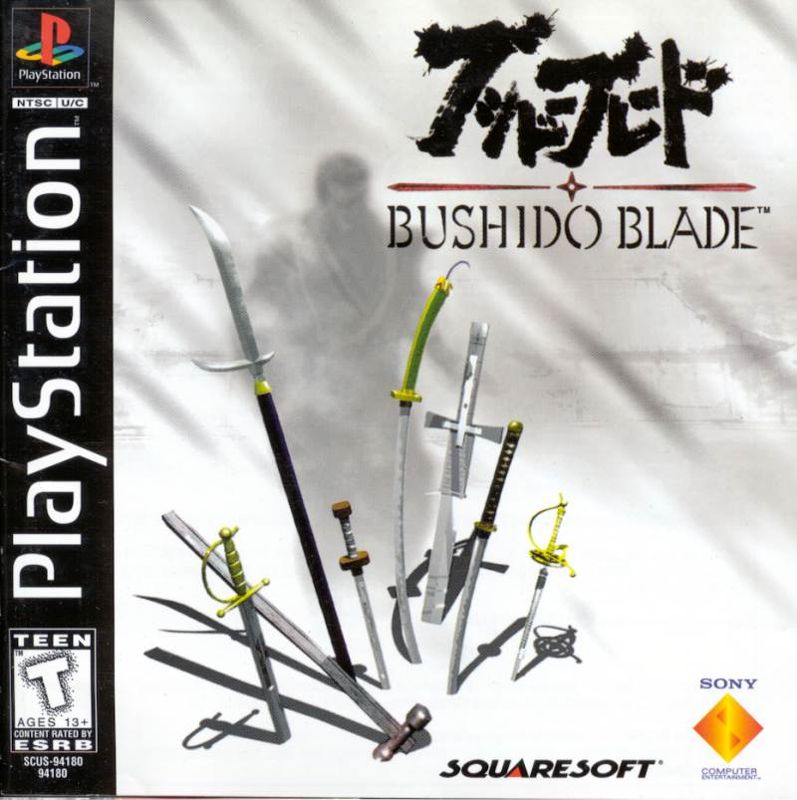
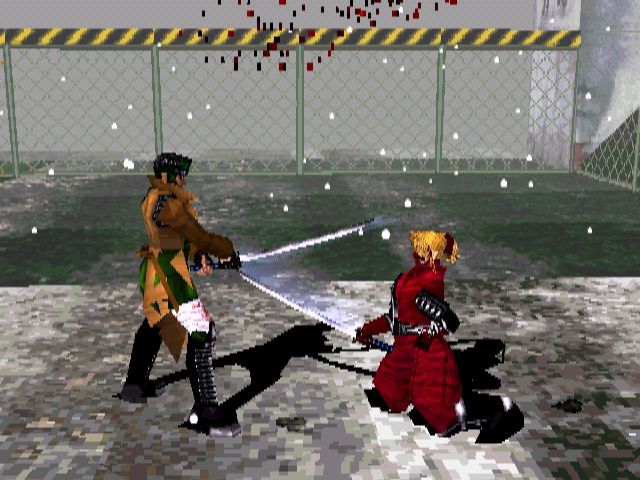
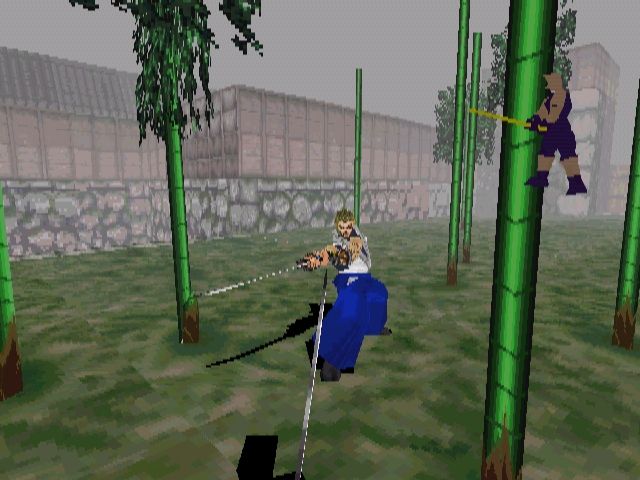
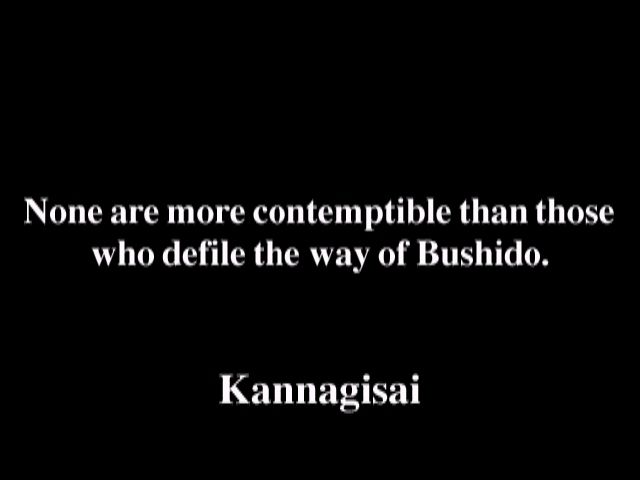
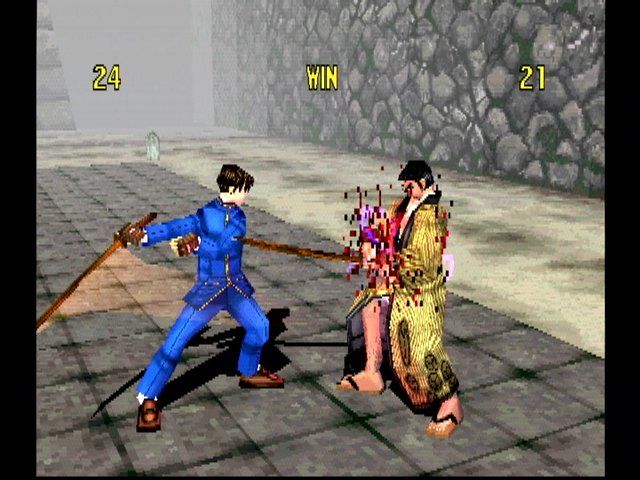
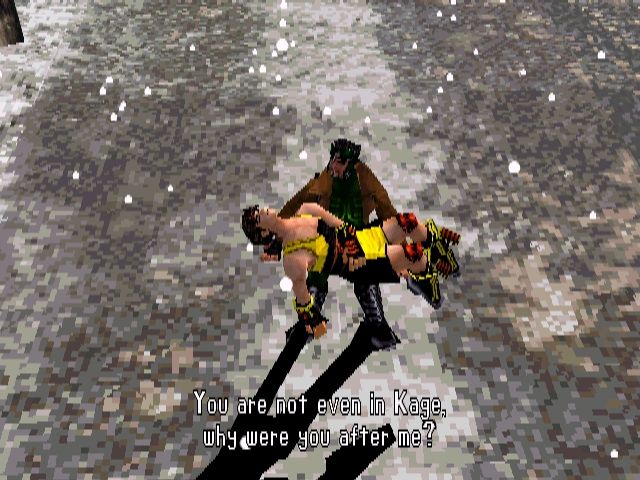



Reviews
There are no reviews yet.